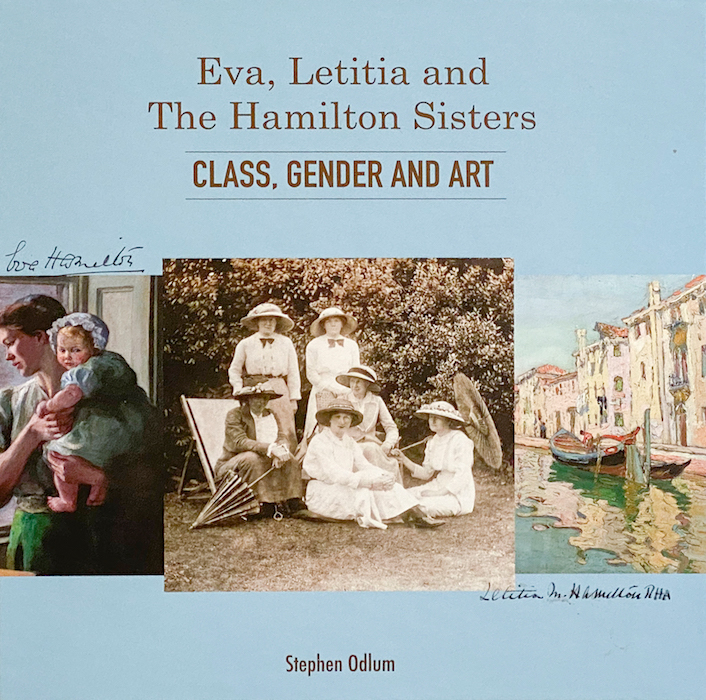As George Bernard Shaw’s generous bequest to the National Gallery of Ireland draws to a close, Peter Somerville-Large looks at how the funds have been distributed
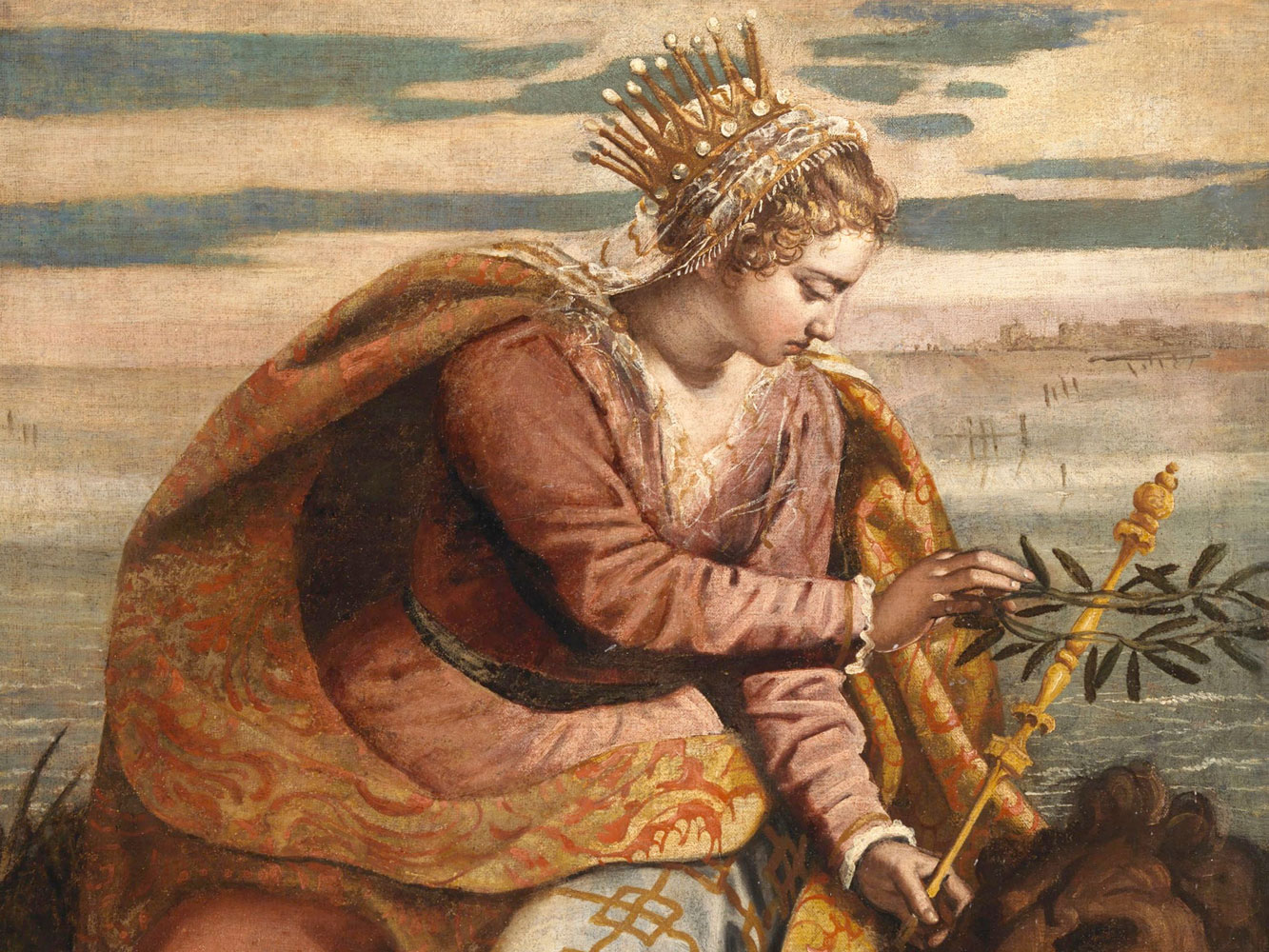
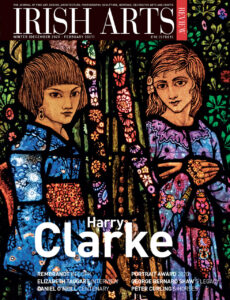
In his own words, as a boy George Bernard Shaw ‘learned to recognise old masters at sight’. He spent hours in the National Gallery of Ireland (NGI) with his friend, Matthew McNulty, and they would go from picture to picture until Shaw, at least, became familiar with most of the works that were on display. In those days, the gallery attracted few visitors and, later, George Moore described it as ‘the most perfect image of the Sahara that I know’. But Shaw made the most of his time there and, in 1898, he wrote: ‘Let me add a word of gratitude to the National Gallery of Ireland. I believe I am the only Irishman who has been in it except the officials. But I know that it did much more for me than the two confiscated medieval cathedrals so magnificently restored out of the profits of the drink trade.’
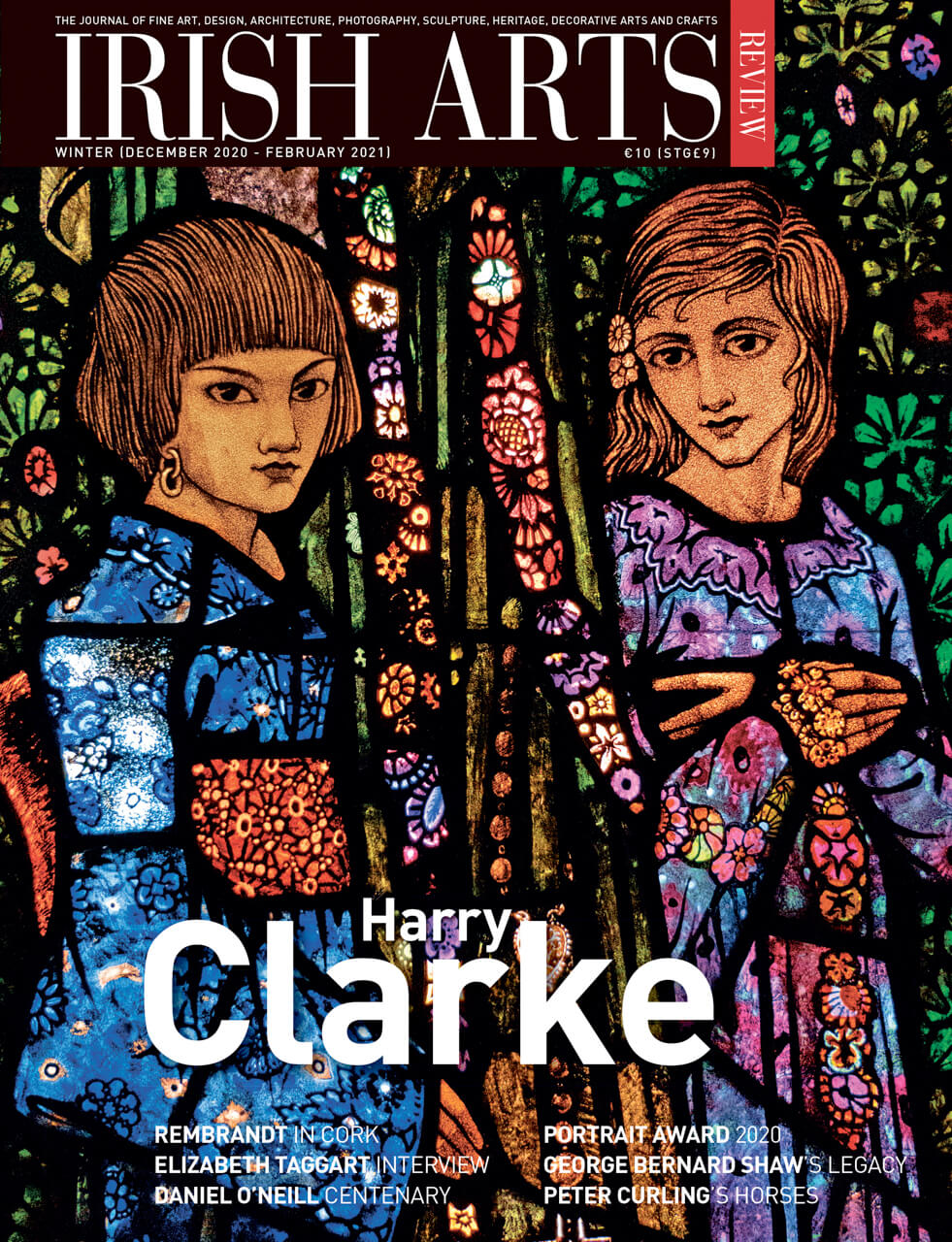
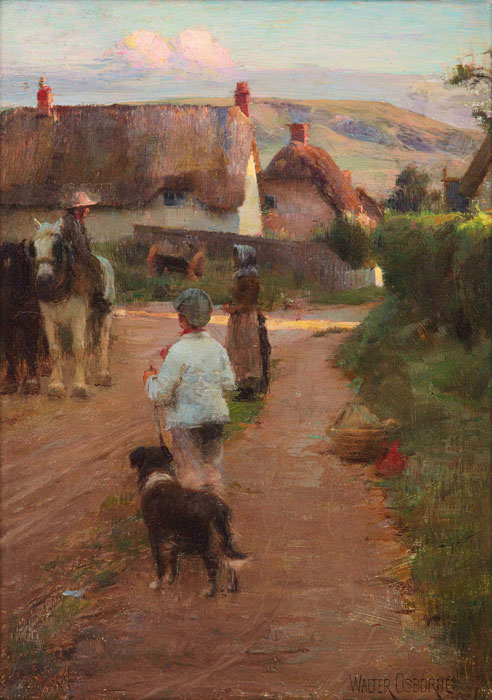
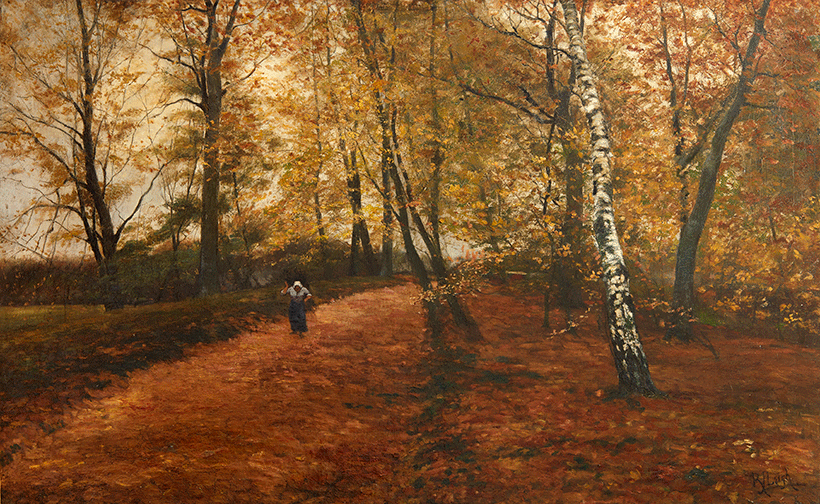
Rose Jane Leigh’s importance as an early pioneering Wexford landscape painter and her choice of studying in Antwerp placed her at the centre of the major art movements of the 19th and early 20th century, writes Mary Stratton Ryan
